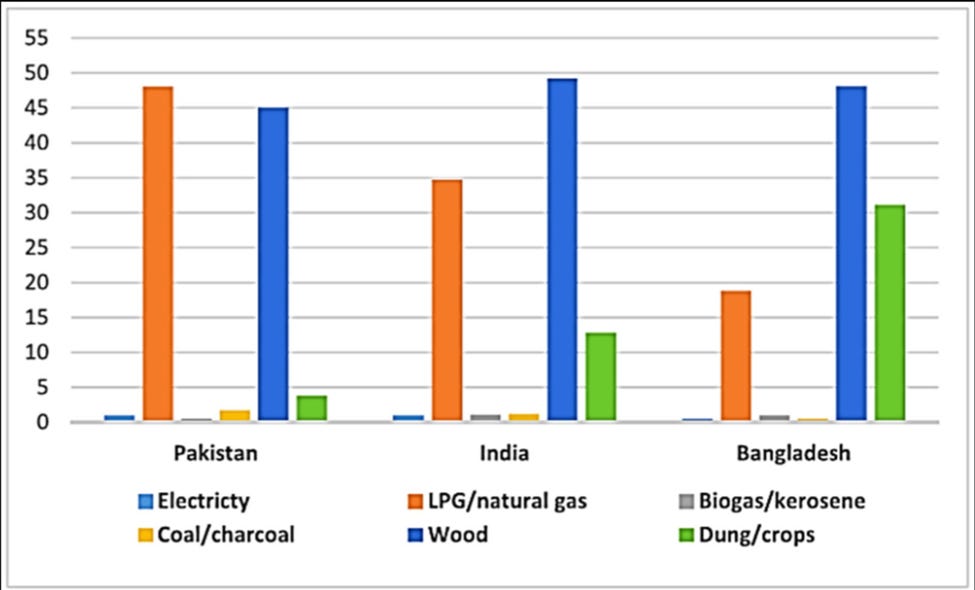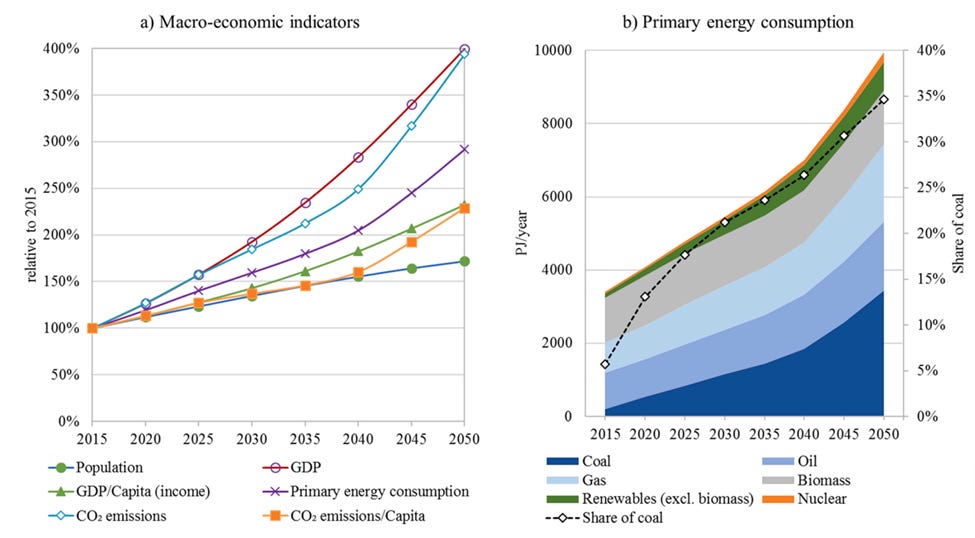Can Pakistan overcome its Pollution problem?
On December 16th, in an attempt to reduce air pollution, Pakistan used artificial rain for the first time. This is one of many tactics the government has employed recently to address the growing pollution problem, including shuttering schools during periods of intense air pollution. Notably, the government took similar action in November, closing schools and markets for a few days to mitigate the severe air quality issues.
However, this approach only temporarily mitigates the problem. Pakistan's urban centres, particularly Lahore and Karachi, suffer from some of the highest pollution levels in the world, ranking 3rd globally. The primary factors driving the severe pollution include rapid urbanisation, industrial growth, dense population leading to high vehicular use, and insufficient pollution control policies. A significant issue in Pakistan's pollution problem is the elevated levels of particulate matter, especially PM2.5 and PM10. High traffic emissions, dust from infrastructure projects, and various smoke sources are the key contributors.

The human cost of Pakistan's air pollution is alarming. According to a report by the Energy Policy Institute at the University of Chicago, the life expectancy of the average person in Pakistan is reduced by approximately 3.9 years due to poor air quality. This impact is even more pronounced in densely populated areas like the Punjab region, where it can go up to 7 years. As estimated by the Global Alliance on Health and Pollution in 2019, approximately 128,000 Pakistanis die annually due to air pollution-related illnesses. In another 2015 study by Lancet noted that poor air quality could be linked to over 310,000 deaths in Pakistan each year, which is 22% of the total annual deaths. The environmental implications of air pollution are also substantial. It can damage ecosystems, negatively affect wildlife, reduce crop yields, and contribute to broader global issues like climate change.
The Pakistan government is taking steps to redress these issues. A notable development in air quality monitoring has been the work done by the provincial Environment Protection Department, which is tracking and reporting air quality data. There have also been efforts to clamp down on brick kilns and farmers who burn stubble. Moreover, there is a recognised need to switch to cleaner energy. For instance, the Punjab government has announced an embargo on Euro 2 fuel supplies. There are also federal plans to transition to Euro 5-compliant fuel, though these efforts have been hampered by economic challenges.
However, these initiatives have been contradicted by the endorsement of problematic projects. For example, the Ravi Riverfront Urban Development Project has been criticised for likely causing environmental harm, leading to increased pollution and damaging the local ecology.

A recent study led by Kaleem Anwar Mir et al.2022 has revealed the shortcomings of existing policies in Pakistan in tackling the country's air quality crisis. Under a business-as-usual scenario, air pollution control costs are projected to reach a staggering €12 billion or 1.4% of GDP by 2050, while only modestly reducing SO2, NOx, and PM2.5 emissions. In contrast, the Sustainable Development Scenario, which incorporates forward-thinking strategies, is found to dramatically reduce these emissions by 76-88%, lower control costs by 23%, avert 24% of total PM 2.5 attributable deaths, and simultaneously contribute to multiple Sustainable Development Goals. Additionally, this scenario would reduce GHG emissions by 53% compared to the business-as-usual scenario by 2050.
Community-led movements like those initiated by Ayesha Nasir and Abid Omar in Lahore are playing a significant role in combating air pollution. Their focus is on children's health and increasing public awareness by sharing real-time air quality data. However, to reduce air pollution at a national scale, matching and integrating these local efforts into government policies and large institution strategies is crucial. This brings us to the question of how government bodies and large institutions can learn from and facilitate these local efforts to bring about a significant reduction in air pollution at a national scale.
Will the government and larger institutions be able to integrate these community-led initiatives into their policies and strategies? Only time can tell. However, one thing is certain, the synergistic approach between micro and macro levels is the most promising way forward in tackling Pakistan's air pollution crisis.

